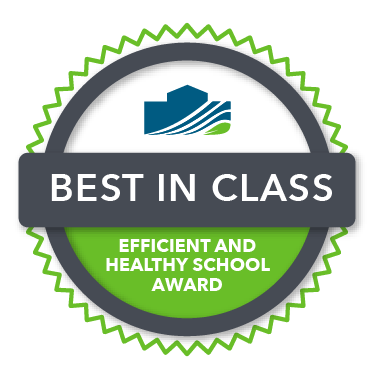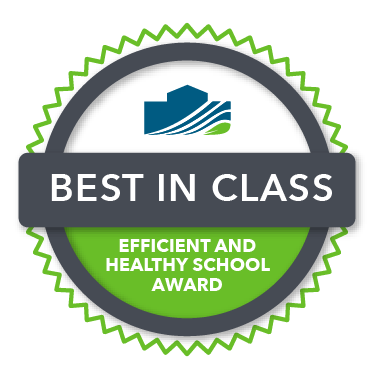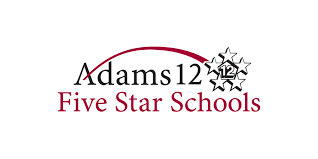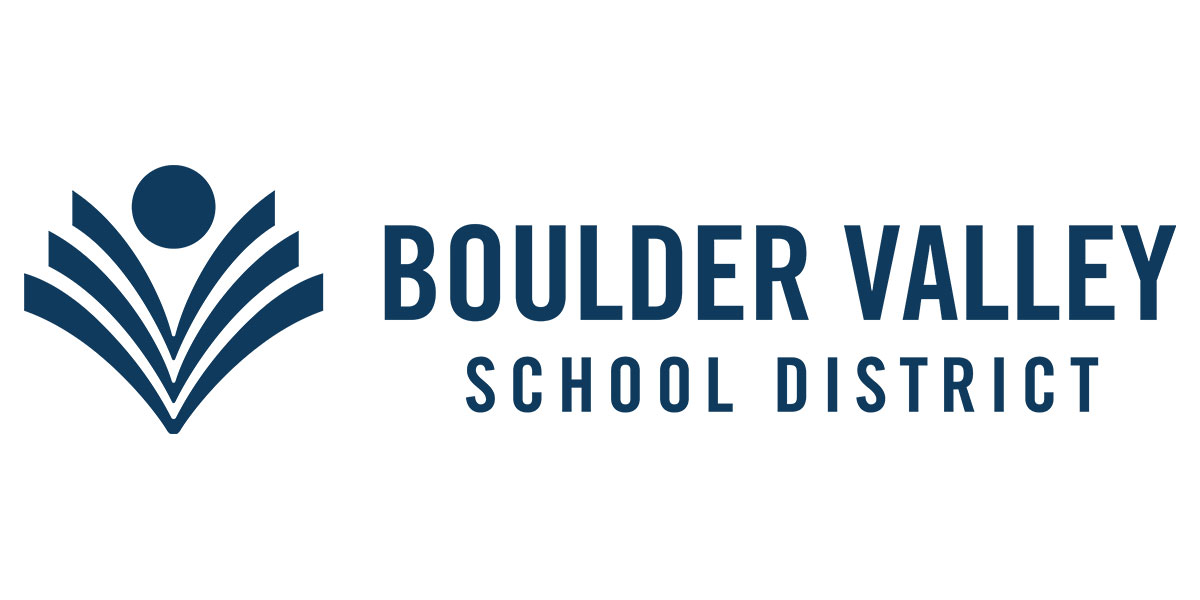2021/2022 Recognition
2021-2022 First Recognition Program
The Efficient and Healthy Schools campaign aims to recognize schools and school districts that have implemented exemplary solutions involving HVAC upgrades and other approaches to reduce energy costs, and improve energy efficiency and indoor air quality.
First Round Awardees
The first round of recognition received 27 submissions from nine applicants between October and December 2021. The campaign provides recognition in four areas: HVAC inspection and maintenance for indoor air quality (IAQ); efficient HVAC for indoor environmental quality (IEQ); ongoing monitoring and analytics for HVAC performance; team approach to support strategic investments in efficient and healthy schools.
Review of applications were led by the Lawrence Berkeley National Laboratory, with input provided by the U.S. Department of Energy, and organizing partners from the U.S. Environmental Protection Agency and the U.S. Department of Education.
In addition to a summary of the accomplishments from our Best In Class and Notable Achievement awardees, a more comprehensive description of their success stories are detailed in our Round 1 Recognition Program Summary.
You can find most of our past awardees achievements highlighted through our Spring/Summer 2022 webinar series - many of these webinars can be found on the resources page. If you have any questions or are interested to learn more, please reach out to us at EHSC@lbl.gov.
HVAC Inspection and Maintenance for IAQ
This category seeks to recognize schools and school districts that implement an inspection and maintenance policy to ensure adequate ventilation and effective filtration for good IAQ.
_______________

Awarded to: Charleston County School District, Greenville County Schools, and Newark Board of Education
In addition to performing periodic inspections of HVAC systems; utilizing approaches to aid systematic inspection of equipment; performing testing, adjusting, and balancing (TAB) to verify HVAC performance; and recently improving filtration efficiency, the best-in-class applicants also provide ongoing workforce training, and have taken additional steps to ensure effective filtration, such as by monitoring pressure drop, reducing filter bypass, and testing airflow to optimize filtration performance.



_______________

Awarded to: Mariposa County Unified School District
Mariposa County Unified School District, despite its lack of financial resources compared to other districts, completed work to improve filtration in HVAC systems, including increasing the MERV of air filters and replacement of HVAC units that were past their expected lifespan. Based on a review of documentation on HVAC system design values and the facility manager’s working knowledge of the HVAC system, where possible, the district switched from MERV 7-8 air filters to the MERV 9-11 filters.

Efficient HVAC for Indoor Environmental Quality
This category seeks to recognize schools and school districts that use technical specifications for HVAC retrofits, upgrades, and/or replacement, resulting in reduction in energy costs and improvements in energy efficiency and indoor environmental quality (IEQ)
_______________

Awarded to: Charleston County School District, Columbia Public Schools, Davis School District, Greenville County Schools
In addition to setting design and technical specifications to ensure that HVAC retrofits, upgrades, and/or replacement meet outside air and other requirements for good IAQ, the best-in-class applicants provided very detailed descriptions of their requirements, including high-performance filtration specifications and their practice to conduct carbon dioxide (CO2) trend analysis to verify ventilation.




_______________

Awarded to: Boulder Valley School District
Notable Achievement: Boulder Valley School District conducted a middle school deep energy retrofit project in 2016, including active chilled beams with dedicated outdoor air system (DOAS) with a high efficiency energy recovery ventilator (ERV). This project is noteworthy because the school achieved a 37% energy reduction, despite adding air conditioning. Moreover, the school went from having the most thermal comfort complaints in the district to having no complaints – a remarkable achievement!

Ongoing Monitoring and Analytics for HVAC Performance
This category seeks to recognize schools and school districts that use energy management and information systems (EMIS) to improve HVAC performance and operation through fault detection and diagnostics, benchmarking, and commissioning.
_______________

Awarded to: Charleston County School District, Davis School District, Newark Board of Education
In addition to utilizing EMIS for performance tracking, monitoring and verification, the best-in-class applicants also provided training to staff on EMIS, and communicate results with the school community to encourage their involvement in energy efficiency.



_______________

Awarded to: Adams 12 Five Star Schools
Adams 12 Five Star Schools utilized a full range of incentives to support the implementation of EMIS through their utility (Xcel Energy): up-front rebates, behavioral rebates, etc. They also work closely with the utility to track the electricity cost savings associated with implementation of EMIS in their schools. The district represents best practice to utilize EMIS with incentives from a utility.

Team Approach to Support Strategic Investments in Efficient and Healthy Schools
Schools and school districts with a formal collaboration between facilities personnel, school administration, and the community for strategic planning and investment in efficient and healthy buildings.
_______________

Awarded to: Boulder Valley School District, Charleston County School District, Newark Board of Education
In addition to setting quantitative energy goals, the best-in-class applicants also described in their submissions the role of energy management team, how information is communicated with the school community, and the incorporation of IAQ best practices.



_______________

Awarded to: Davis School District
Davis School District has a large (18-member) and most comprehensive energy management team, including experts in energy management, new construction, auditing, custodial services, etc. The facilities personnel, superintendent, school board, and school administrators are all also involved in setting energy goals or targets for reducing carbon emissions for the district. This district represents a best practice for putting together a comprehensive team to support strategic investments in efficient and healthy schools.
